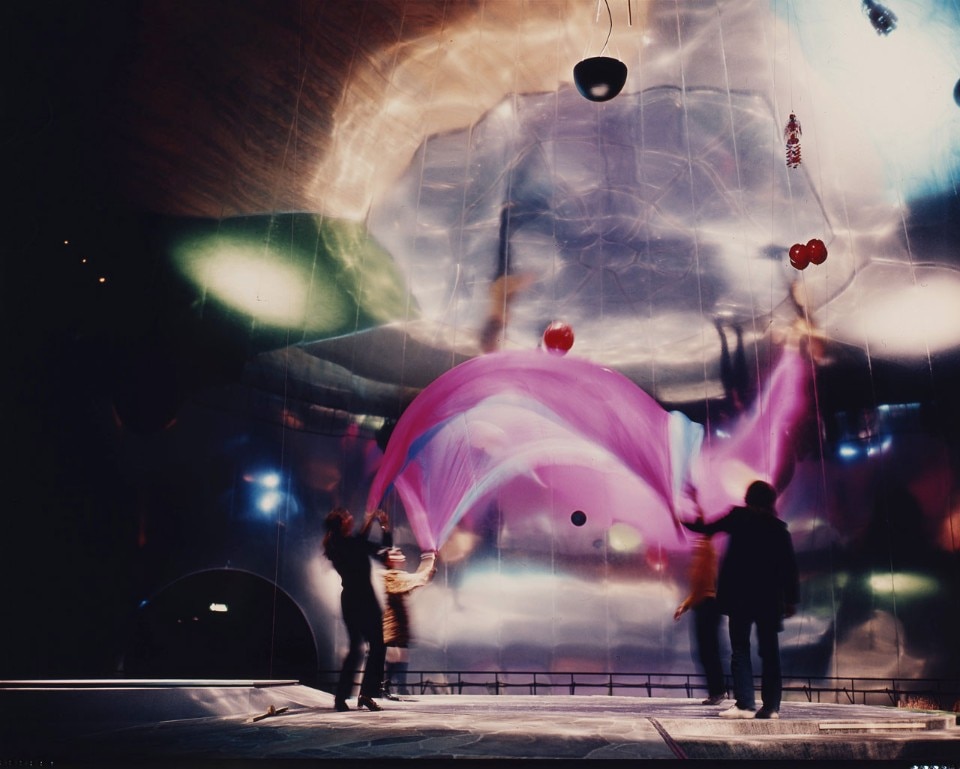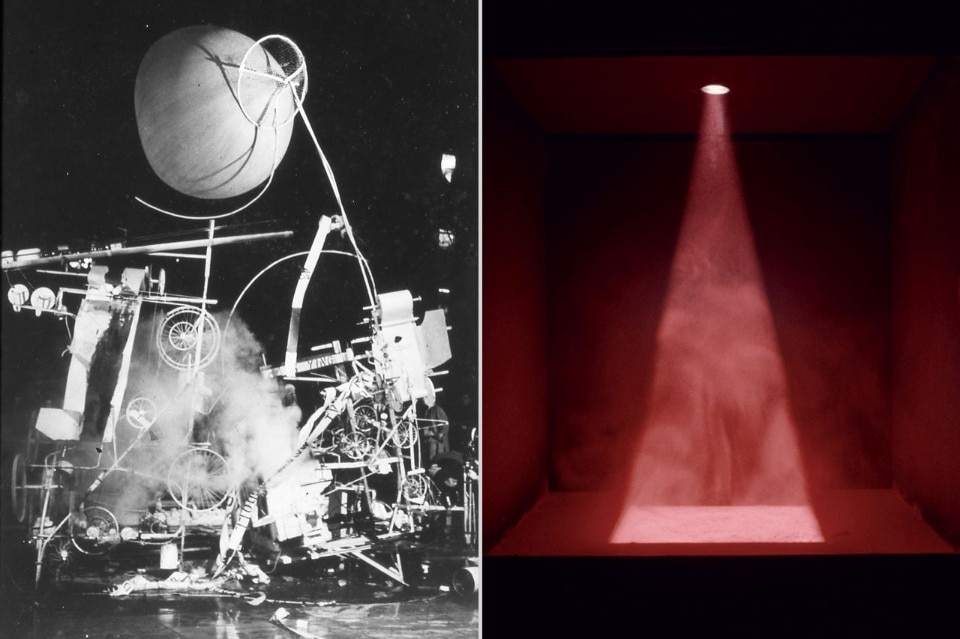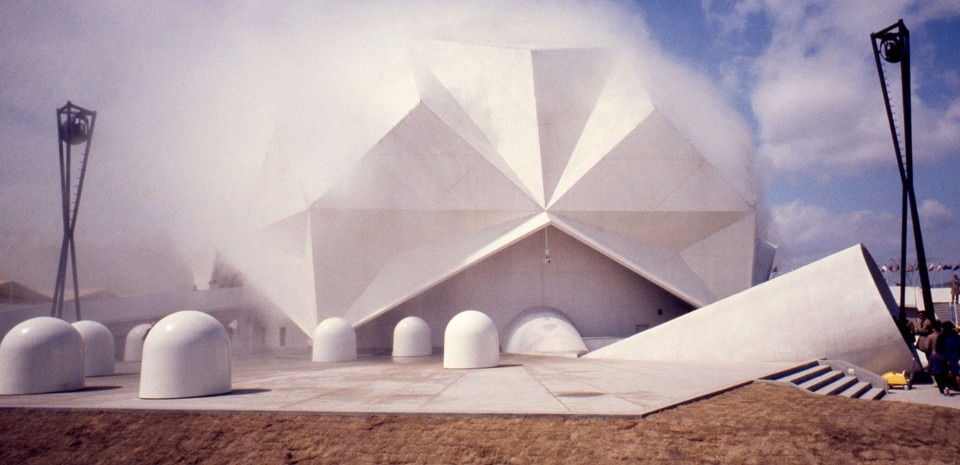
In light of the rapid technological developments of the period, the group aimed to put an art into practice that would employ cutting-edge technology. Starting in the early 1960s, Kluver collaborated with artists including Jean Tinguely, Andy Warhol, Jasper Johns, and Yvonne Rainer on an individual basis.
Like some artists of the time, he was interested in the social implications of novel technologies and believed that the marriage of art and science had to take place on a practical and physical level. Members of E.A.T. hoped that the meeting between artists and engineers would allow for the production of works that would not have been possible without the special expertise of trained technologists. The engineers would conversely be inspired to think in new directions and help shape the future evolution of technology.

July 25 – November 1, 2015
E.A.T. – Experiments in Art and Technology
Museum der Moderne Salzburg
Mönchsberg 32, Salzburg


